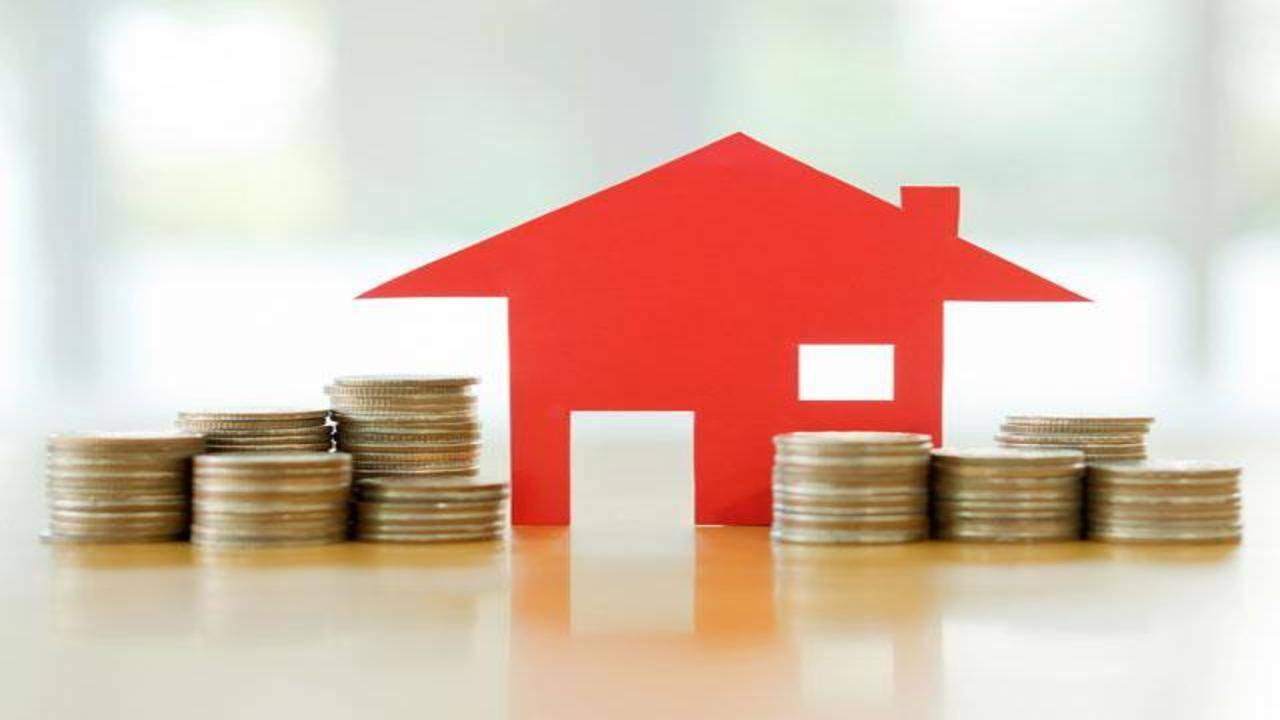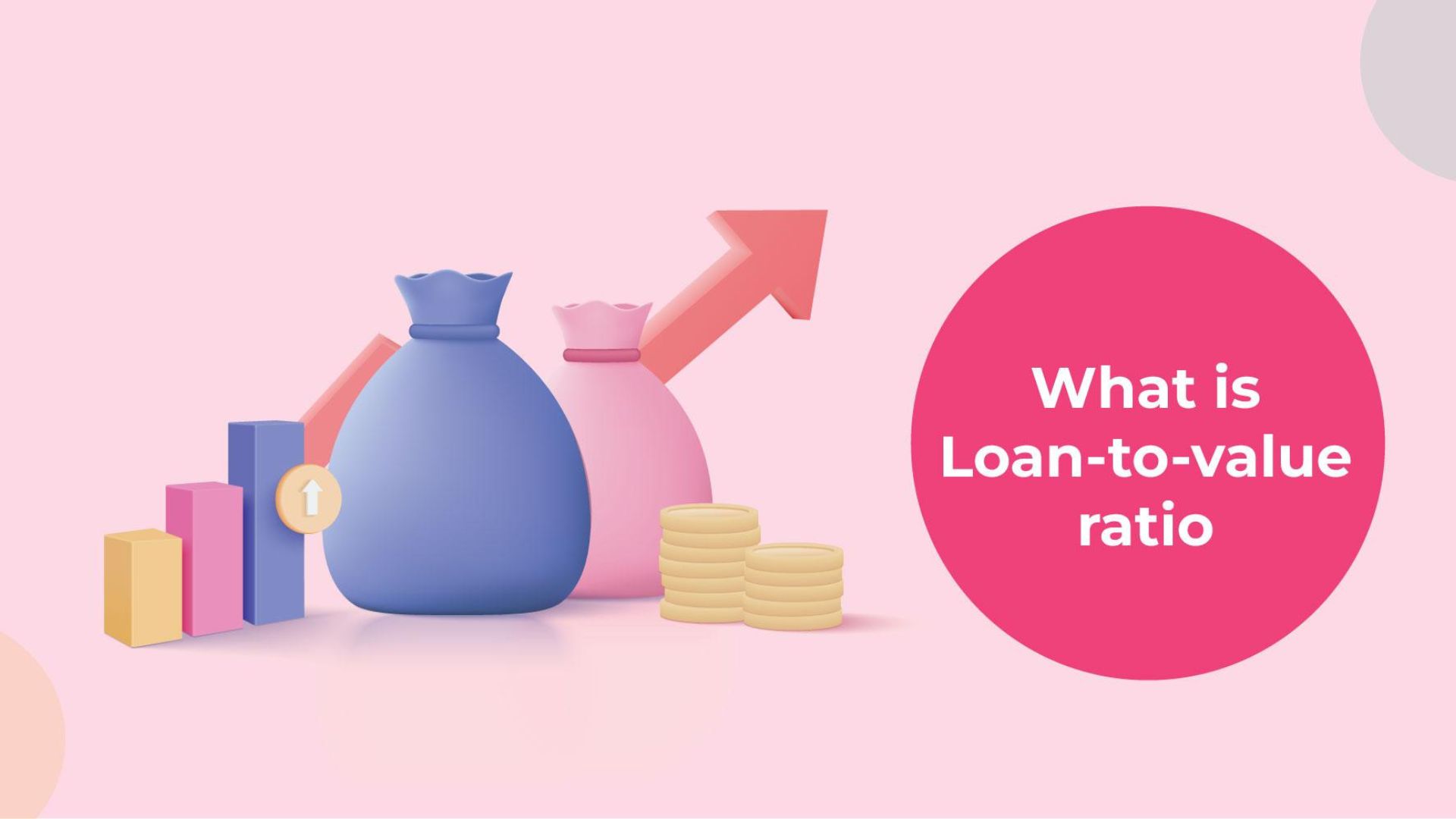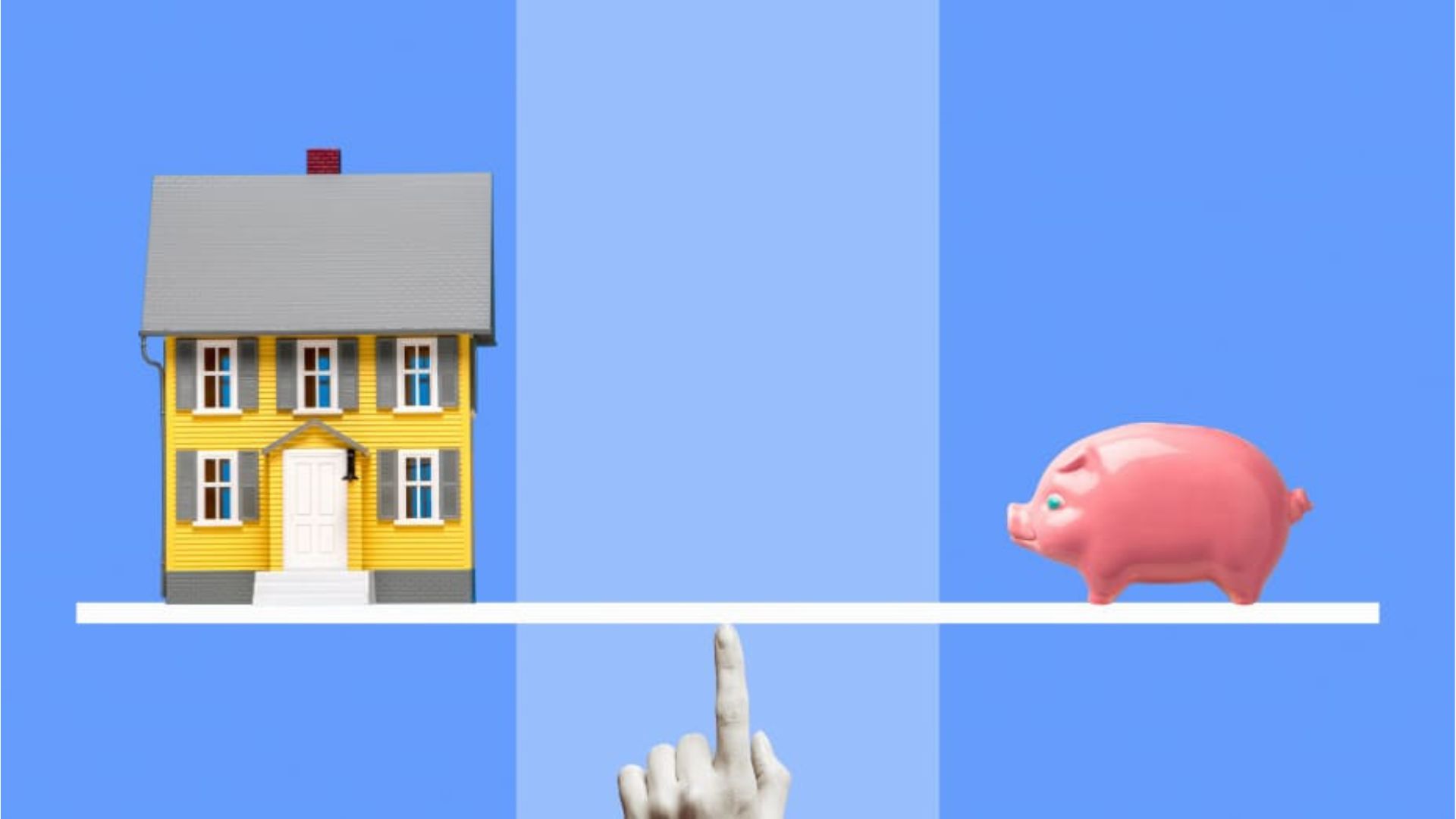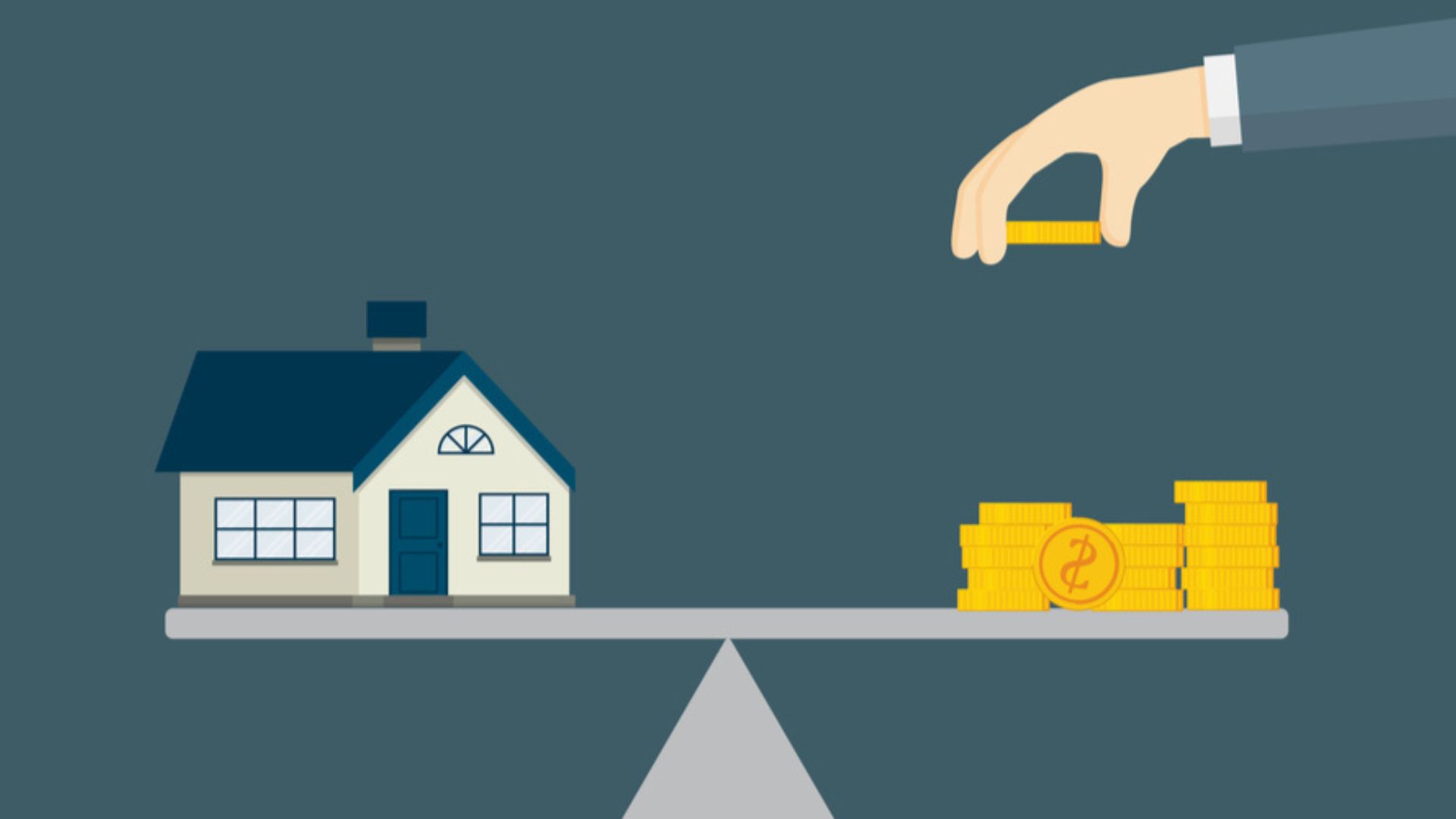What Is Considered A Good LTV?
What is considered a good LTV? Typically, targeting an LTV of approximately 80% or below is advisable. Maintaining such levels not only enhances the likelihood of qualifying for a preferred loan but also increases the chances of securing more favorable interest rates.

Morgan Barrons
Jan 26, 2024
The concept of Loan-to-Value (LTV) is a fundamental metric that plays a pivotal role in various financial transactions, serving as a critical indicator of risk and collateral assessment. LTV represents the ratio of the loan amount to the appraised value of the underlying asset, providing lenders and borrowers with a quantitative measure of financial exposure.
Whether in the realm of mortgages, auto loans, or business financing, understanding what constitutes a good LTV is essential for both financial institutions and individuals seeking credit. In this article, we will talk about What is considered a good LTV? We will also delve into the intricacies of LTV, unraveling its significance across diverse financial contexts.
Understanding The Loan-To-Value (LTV) Ratio
The loan-to-value ratio, often known as the LTV ratio, is a method of evaluating the risk associated with lending that is utilized by financial institutions and other lenders prior to the approval of a mortgage.
An essential step in the mortgage underwriting process is figuring out an LTV ratio. It can be applied to the purchase of a house, the refinancing of an existing mortgage into a new loan, or the borrowing of funds secured by the equity that has grown in a property.
When underwriting a mortgage, lenders evaluate the loan-to-value ratio to ascertain the extent of risk they are accepting. Lenders believe that there is a higher likelihood of loan default when borrowers seek loans for amounts that are at or close to the assessed value (resulting in a higher loan-to-value ratio). This is a result of the property needing more equity built up.
Because of this, if a foreclosure occurs, the lender could have trouble selling the house for enough money to pay off the outstanding mortgage sum while still turning a profit.
Why Is The Loan To Value Important?
Your borrowing's loan-to-value ratio is significant for two reasons;
Providing A Sufficient Deposit To Be Eligible For A Mortgage
The maximum loan-to-value (LTV) that each lender is willing to give essentially determines how much of a deposit you must make in order to borrow enough money to purchase the property of your choice.
To Obtain The Best Interest Rates
LTV is a tool used by mortgage providers to evaluate the risk associated with lending. They encourage lending at lower loan-to-value ratios, as the less the proportion of your home’s worth they lend, the fewer problems a collapse in property prices would cause them if they were to repossess. Consequently, they offer more attractive interest rates to those clients who borrow money with a lower LTV.
What Exactly Is A Good Loan-To-Value Ratio?
What sort of mortgage you are receiving has a significant impact on the loan-to-value principle that you should adhere to. This is due to the fact that each of these sorts of loans requires particular things from prospective homeowners.
As a consequence of this, every lender could have their particular criteria. Therefore, it is essential to shop around for the best possible choice. A summary of the most frequent loan-to-value (LTV) restrictions in the mortgage industry is shown below;
Conventional Mortgage LTV
When applying for a traditional mortgage loan, a loan-to-value ratio of 80% is considered to be satisfactory. This is due to the fact that many lenders anticipate that applicants will make an initial down payment equal to at least twenty percent of the value of their property.
FHA Loan LTV
There is a separate set of regulations that apply to mortgage loans that are backed by the Federal Housing Authority (FHA). A loan-to-value ratio of 96.5% is considered acceptable for homebuyers who are attempting to qualify for an FHA loan.
This ratio is applicable if the borrower's credit score is at least 580. This means that your loan-to-value ratio (LTV ratio) can be at most 90% if your credit score is between 500 and 579.
In the event that you are purchasing a property with an appraisal of $200,000, for instance, the maximum amount of your loan cannot exceed $180,000. It is necessary to make a down payment of at least $20,000 in order to maintain a loan-to-value ratio of 90%.
USDA And VA Loan LTV
Your loan-to-value ratio can reach as high as one hundred percent if you are looking for a loan that does not demand a down payment, such as a USDA loan or a VA loan, for example.
Of course, in order to be qualified for these sorts of mortgages, you will need to fulfill other conditions, such as satisfying certain income requirements, adhering to specific property location regulations, or belonging to a particular military status.
LTV When Refinancing A Loan
When it comes to refinancing, borrowers could or might not require a particular loan-to-value ratio. A loan-to-value ratio (LTV) that is more than 80 percent is required, for instance, if you are refinancing under the Home Affordable Refinance Program (HARP) of the federal government.
If, on the other hand, you are interested in a streamlined refinance via the FHA, there are no constraints on the LTV ratio.
Why Are LTV Ratios Important In Real Estate?
LTV ratios in real estate refer to the difference between the amount you owe on your mortgage and the total assessed value of your house. When you apply for a mortgage, lenders often like to see an LTV ratio of 80% or below, just as with other loan types.
Lenders may be informed that you may be less likely to default on your mortgage if your loan has a lower LTV ratio. A high loan-to-value ratio indicates that the lender is probably taking on greater risk.
When a lender approves a loan with an LTV ratio higher than 80%, they usually demand that the borrower get private mortgage insurance (PMI). A kind of insurance called PMI aids in defending the lender in the case of a foreclosure.
For every $100,000 you borrow, PMI might cost you anywhere from $30 to $70 a month in addition to your other housing costs. Until the borrower has accumulated at least 20% equity in their property, lenders often demand PMI.
By increasing the amount you may put toward your house upfront or your down payment, you can lower the chance you'll have to pay for PMI and balance your loan-to-value ratio. Most lenders need a down payment of at least 20% to avoid PMI entirely.
What If Your Loan-To-Value Ratio Is Too High?
A homebuyer may experience two distinct effects from a high loan-to-value ratio. One of the first requirements is that you will have to pay private mortgage insurance (PMI) if your loan-to-value ratio is greater than 80% and you are attempting to get accepted for a traditional mortgage.
Thankfully, when you reduce your mortgage, you will soon be able to cancel your PMI. When you reach the halfway point of your amortization plan or your LTV ratio falls to 78%, your lender must automatically cancel it.
Taking out a home loan will also be more expensive if your loan-to-value ratio is too high. You will require a larger loan if you make a smaller down payment. You'll pay additional interest in addition to PMI.
A homeowner may be ineligible for a refinancing loan due to a high loan-to-value ratio. You'll need to focus on increasing the equity in your house unless you qualify for a specific program (like HARP or the FHA Streamline refinancing program).
Frequently Asked Questions
Why Is LTV Important In Financial Transactions?
LTV is crucial as it assesses the risk associated with a loan by determining the proportion of the loan amount relative to the value of the collateral.
What Factors Influence A Good LTV?
Asset valuation accuracy, appropriate loan amount, collateral quality, and market conditions are key factors influencing a good LTV.
How Does LTV Relate To Risk Management?
LTV is directly linked to risk management, as a lower LTV reduces the risk of default, providing a safety net for lenders.
Final Thoughts
Talking about what is considered a good LTV? A good Loan-to-Value (LTV) ratio is critical in financial decision-making, offering a snapshot of risk and collateral assessment. Striking the right balance between loan amount and collateral value is essential across various industries, from real estate to business loans.
As demonstrated, industry-specific considerations and an awareness of market conditions play pivotal roles in defining what constitutes an optimal LTV. The importance of a favorable LTV in risk management and credit scoring processes cannot be overstated.
Empowering borrowers and lenders alike, understanding and achieving an optimal LTV is crucial in making sound and informed financial choices.


